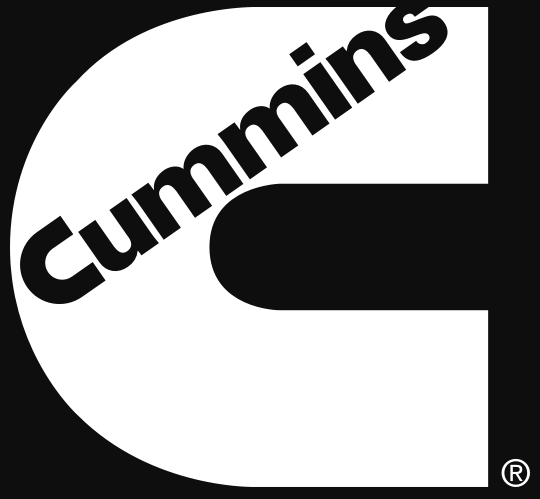Cummins Partners To Protect Endangered Salamander
For over a year, global power technology leader Cummins Inc. and The Nature Conservancy have collaborated on projects aimed at reducing pollution entering rivers and streams in the Mississippi River Basin.
One unique project came about last month when Cummins employees gathered at the Cummins Seymour Engine Plant in Indiana and built nesting boxes for the endangered Hellbender Salamanders.
“I do like how this project is unique and different and takes a new approach to environmental endeavors,” said Scott Saum, Program Manager for Cummins Water Works, the company effort to address the global water crisis. “It’s very unlike our traditional tree planting, litter pickups, and invasive species removals.”
The Mississippi River Basin encompasses 31 states and is the world’s third-largest drainage basin. When complete, Purdue University will place the nesting boxes in the basin, specifically Southern Indiana’s Blue River.
Hellbenders, like many amphibians, breathe through their porous skin, making them extremely vulnerable to water pollution. That is why they are only found in water that is clear, clean and well-oxygenated with large rocks scattered on the bottom. Sedimentation can also fill in the spaces they occupy under large slabs of bedrock, which is why they have disappeared from many of their former river homes.
The pollutants Cummins Water Works and The Nature Conservancy are partnering to reduce include nutrient pollution (nitrogen and phosphorus), as well as soils and sediment. Hellbenders, the largest salamander in North America, do not filter water. However, they are a good indicator of stream health, water quality and a river’s ecology.
The nesting boxes will provide the salamanders a safe place to lay their eggs. They will also allow researchers to monitor their growth and development, as the top of each box is equipped with a camera port to capture activity.
Through Cummins’ Seymour Engine Plant’s Day of Caring initiative, 24 volunteers worked over two days to cut and form chicken wire and mesh into the nest box shape, secure with zip ties, pack the concrete into place and construct the nest box lids. Also present, providing supervision and guidance, were Joe Schmees, TNC Representative, and Nick Burgmeier, Agriculture Research Biologist and Extension Wildlife Specialist, Purdue University.
“We were able to complete 18 boxes, which is phenomenal,” said Jordan Grawe, event lead and Cummins Air Handling Team Leader. “I’m very proud to have been involved in this project with my colleagues. At the end of the day, you feel like you have done something very positive for your community and are making an impact in the world.”
Hellbenders have been known to grow up to 29 inches long, though most will average about 12-15 inches. They are an endangered species in Indiana, and historical records indicate the Hellbender once populated Fourteen Mile Creek, Little Blue River, Whitewater River, Silver Creek, Indian Creek, the Ohio River and the Wabash River.
Today, the Hellbender's singular habitat in Indiana is the clean and clear Blue River of Southern Indiana. The lack of younger populations of this species in locations where they live has become a growing concern. The work of Cummins volunteers and its community partners in creating a protected habitat for this special creature helps address that concern.

